Merle Pitbulls: Facts, Color, Characteristics

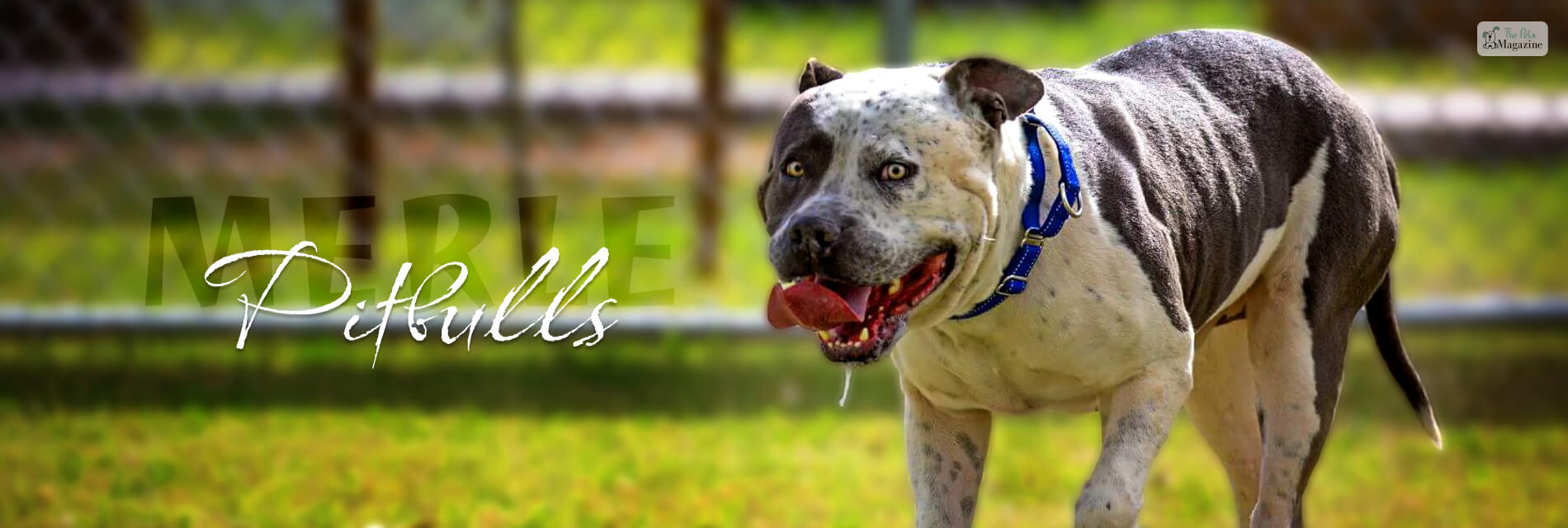
One of the most recognized dog breeds for its aggressiveness and intimidating look is the Pitbull, but today we are not talking about a regular Pitbull, I am here to talk about a Merle Pitbull.
Don’t have to worry it’s the merle is not another breed of Pitbull, it’s simply the coat of the pitbull. A merle pitbull has a unique black and white color on their coat.
Although it is a unique coloration and the Merle pitbull price also goes up to $35,000 just for the Merle pitbull puppies. These dogs are not recognized by the United Kennel Club, and the color is an immediate disqualification.
But First, What Is A Merle Pit Bull?
Merle Pit Bulls are exactly what the breed’s name literally means – Pit Bulls with a Merle coat pattern. There is legit no special perk or advantage that accompanies the color, except the famous eye-catching look of a Merle Pit Bull.
For the ones not familiar with coat patterns of dogs, this breed’s merle-colored fur coats typically display an appearance that’s patchy, characterized by different sections of fully pigmented and diluted colors, commonly consisting of different shades of red or black swirled or dotted over white and blue.
Also called dapple, Merles are generally spotted in Australian Shepherds, Catahoula Leopard dogs, and Shelties. Although extremely beautiful, Merles is a little controversial because the pattern is caused because of a particular gene. Additionally, the Merle gene doesn’t just alter a dog’s skin but also its eyesight and hearing – sounds crazy, right?
And worse, your pet can even be a carrier of this gene without displaying the same on their coat – this phenomenon is called the “cryptic merle.”
If you are wondering what is so bad about this, the thing is, two dogs with this gene should not be bred together to simply avoid any kind of serious complications. Such offsprings are always at risk of being born with serious eye issues or deafness.
Breed Overview
Before we get to know the Merle Pitbull properly, it is important that we get to know a few important facts about the dog beforehand.
| Weight | 30 – 60 pounds |
| Height | 17 – 20 inches |
| Coat Type | One layer, and short |
| Grooming Needs | Minimum |
| Shedding | Low |
| Intelligence | Average |
| Temperament | Emotionally intelligent, Alert, Affectionate |
| Good With Animals | Yes |
| Good With Kids | Yes |
| Energy Level | Moderate |
| Easy To Train | Yes |
| Barking Habits | Not that Frequent |
| Lifespan | 11 – 13 years |
Merle Pitbull Appearance
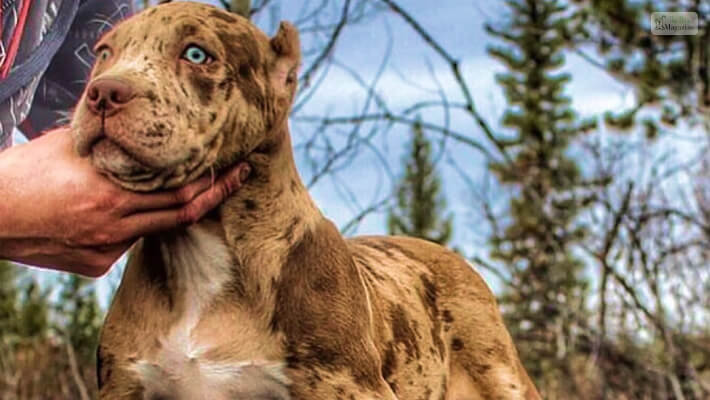
A merle pitbull is generally referred to as an American Pitbull Terrier only. Although the term pitbull is often used to refer to other dogs as well, that was the result of misinformation and ignorance.
The merle pitbulls are primarily medium-sized dogs. The male dogs are a bit large than their female counterparts. While the males are about 35 – 60 pounds in weight, the females are about 30 – 50 pounds in weight.
Almost all other colors of the breed are acceptable except for the merle, as the color is quite controversial. But the coat is quite smooth and short, a great feature of the pitbull is that they have a single layer of coat. That way, they don’t require grooming as often.
The breed has almond-shaped eyes and a muscular body to go along with it. The ears are small and are completely erect most time.
Personality
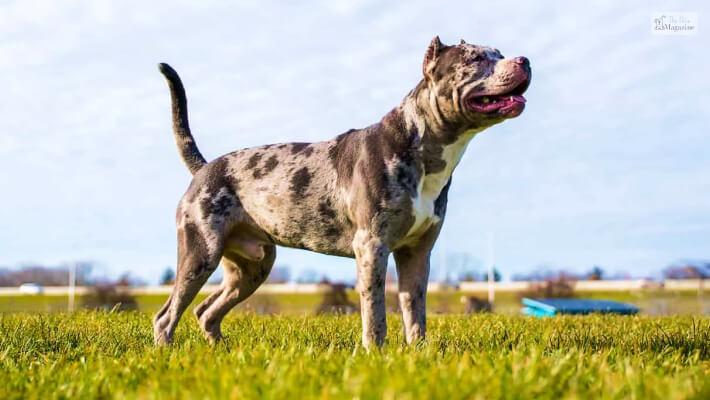
Unlike popular belief, Pitbulls are not aggressive rather, they are quite amiable and well-mannered dogs if trained properly since they are puppies. These pit bulls are very family-oriented dogs and love to stay around children, the more, the better. They are very confident dogs and are rarely scared of anything.
The term “nanny dogs” originated because of these dog breeds, as they are great with children and are wonderful playmates as well as guardians. Although they might look fierce, they are a lover, not a fighter, but they will fight to protect the ones they love.
Health Care
There are a lot of controversies surrounding the health of merle pitbulls, as the health issues are purely scientific. The main reason for a merle coat color is because one gene got suppressed, and that is how they inherit the merle coat color.
However, there’s a crucial distinction to consider, that is Single Merle vs. Double Merle:
Single Merle: These Pit Bulls have one copy of the merle gene and typically don’t have increased health risks compared to regular Pit Bulls.
Double Merle: These Pit Bulls inherit two copies of the merle gene, one from each parent. This is where health concerns arise. Double merle breeding is generally discouraged due to a higher chance of:
- Vision problems: Blindness or partial blindness can occur.
- Hearing problems: Deafness in one or both ears is a possibility.
- Skin issues: Increased risk of allergies and skin conditions.
Food And Diet
The food habit of a merle pitbull depends upon their age and not technically their breed. So with a different age, the food habit of a merle pitbull change. During the first year, the risk of dysplasia is high, which is why moderate growth is required.
Then in the following years, high quality food with protein, omega-3 fatty acids, healthy carbs, fibers, minerals, and vitamins is given. With all the fibers and minerals, the requirement for additional supplements is quite less, or even non-essential.
Training And Exercise
American Pit Bull Terriers (APBTs) are clever dogs with eager-to-please nature that excel in training with the right approach. Here’s a detailed guide to train your APBT:
Positive Reinforcement is Key:
- Reward-based training: Focus on rewarding desired behaviors with treats, praise, or playtime. This motivates your APBT to learn and repeat positive actions.
- Clicker training: Consider using a clicker to mark the exact moment your dog performs a desired behavior. Follow the click with a reward to create a strong association.
- Keep it positive: Avoid using punishment or harsh corrections. This can damage trust and make training counterproductive.
- Training Essentials:
Socialization is Crucial
- Start socializing your APBT puppy early. Expose them to different people, animals, and environments to build confidence and prevent fear-based behavior.
- Basic commands: Teach your APBT basic commands like “sit,” “stay,” “come,” “heel,” and “leave it.” These commands provide control and keep your dog safe in various situations.
- Consistency is crucial: Use consistent cues, rewards, and training methods for effective communication with your APBT.
- Short, engaging sessions: Keep training sessions short (5-10 minutes) and fun to maintain your dog’s focus and prevent boredom.
- Patience and praise: Be patient with your APBT and shower them with praise for even small successes. This reinforces their learning and keeps them motivated.
- Advanced Training:
Once your APBT masters the basics, consider exploring advanced training options:
- Agility training: This is a great way to channel your APBT’s natural athleticism and build teamwork.
- Trick training: Teaching tricks like shaking hands or rolling over provides mental stimulation and strengthens your bond.
- Therapy dog training: APBTs can excel in therapy work due to their gentle and affectionate nature (with proper training and temperament evaluation).
Exercising Your American Pit Bull Terrier: Keeping Them Active and Healthy
APBTs are energetic dogs with a high prey drive. Here’s how to ensure they get the exercise they need:
Daily Exercise Requirements :
Aim for at least 1-2 hours of daily exercise. This can include walks, runs, hikes, or playtime in a secure dog park.
Mental stimulation is equally important. Provide interactive toys, puzzle feeders, or scent work activities to challenge your APBT’s mind.
Exercise Ideas:
- Brisk walks or jogs: This is a great way to burn off energy and improve cardiovascular health.
- Fetch: APBTs love to chase and retrieve, making fetch a fun and engaging exercise.
- Swimming: If your APBT enjoys water, swimming is a low-impact exercise that works their entire body.
- Dog sports: Consider activities like agility training, dock diving, or weight pull (appropriate weight) to channel their athleticism.
Precautions to follow:
- Avoid excessive heat: APBTs can be prone to heatstroke. Avoid strenuous exercise during hot weather and provide access to shade and water.
- Brachycephalic breeds (flat-faced) mixes: If your APBT is mixed with a brachycephalic breed, be mindful of their breathing limitations. Avoid strenuous exercise in hot weather and during intense activity.
- Socialization during exercise: Walks and playtime in dog parks are excellent opportunities to socialize your APBT with other dogs, but ensure proper leash etiquette and supervision.
Fun Facts
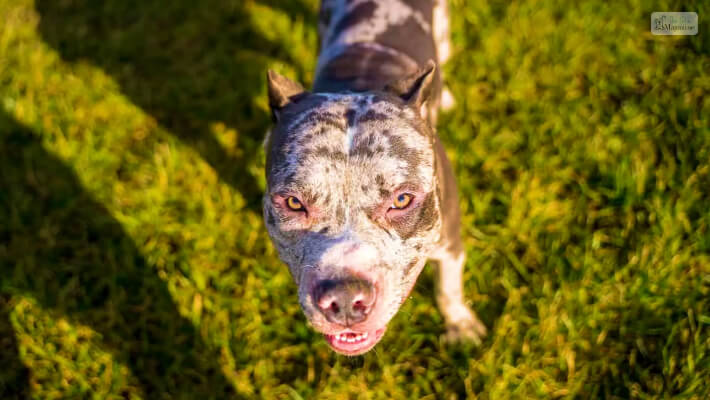
Here are a few facts about the Merle Pitbull that you might find quite interesting to know. So here you are, a few important facts about the breed.
1. Merle is not a dog breed but simply a genetic mutation that changes the patterns of the coat.
2. The Merle is not an officially recognized coat color. There are only four breeds that are recognized, and they are,
- American Bully
- American Pitbull Terrier
- American Staffordshire Terrier
- Staffordshire Bull Terrier
3. There are only four types of Merle Pitbull present
- Leopard merle pitbull
- Tricolor merle pitbull
- Blue merle pitbull
- White merle pitbull
4. It is very rare to be able to find a purebred Merle Pitbull.
5. The first Merle Pitbull was seen back in the 1800s.
6. The Brindle Pitbulls are different than Merle Pitbulls.
7. The Merle Pitbulls usually resemble spotted piglets.
8. With double merle pitbull puppies, the health issues are more as well.
9. Cryptic merle pitbulls have a tendency to be dangerous.
10. The cost of a merle pitbull can go up to $35,000.
Wrapping Up!
Now that you know that the merle pitbull is not a breed but rather a coat color, it is purely genetic. This is why it is not registered by most Kennel Clubs.
So if you think that this article was helpful for you to understand the merle pitbull properly then give this article a like and comment down below.
Read Also:





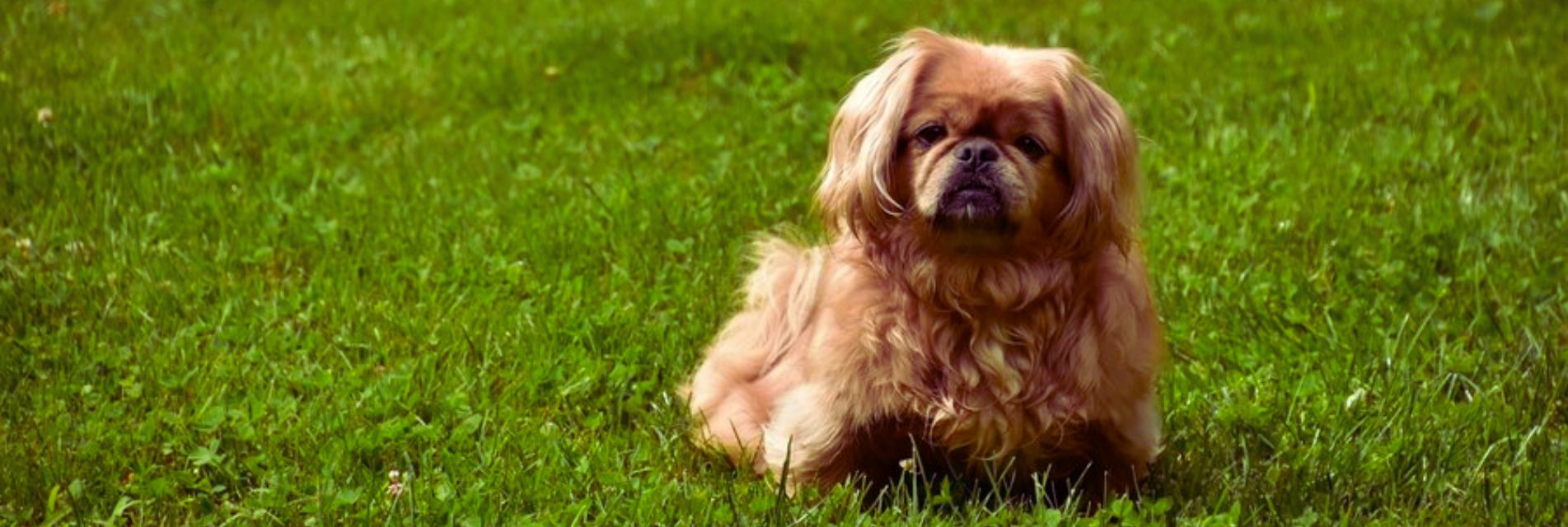

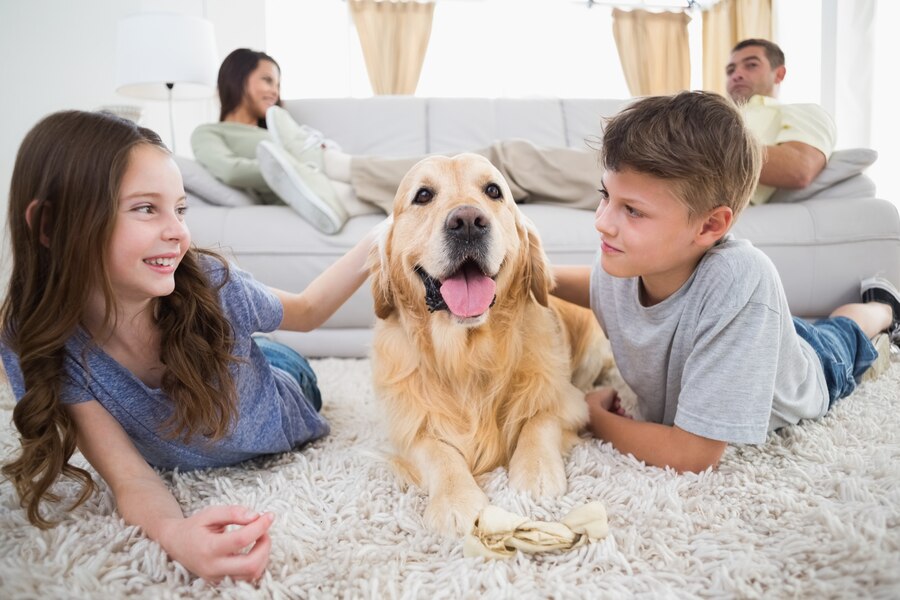
Leave A Comment